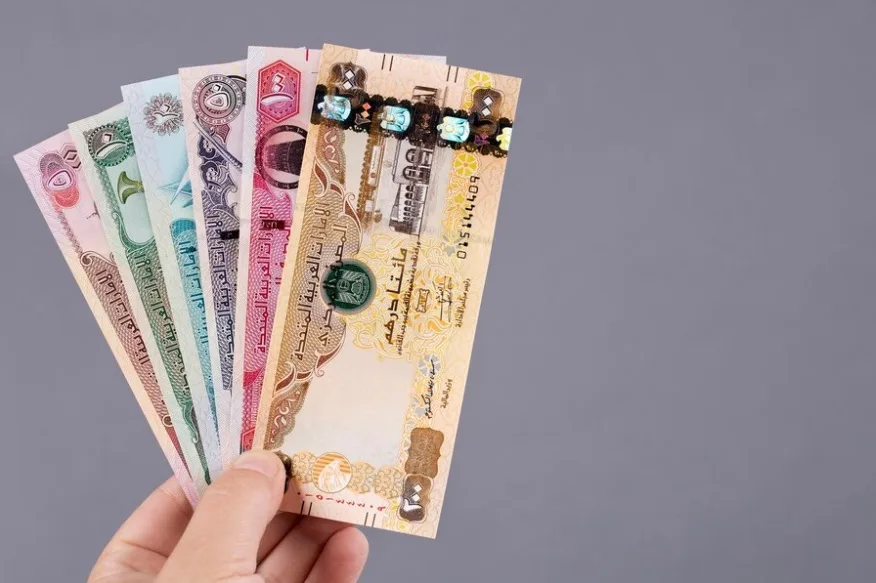
AED to PKR exchange rate is more than a numerical representation of currency values & individual financial decisions between UAE & Pakistan. In the global landscape of currency exchange, the AED to PKR rate holds significance for individuals, businesses, and investors alike. As we embark on a journey to understand the intricacies of this exchange rate, we’ll explore its impact on international trade, travel, and the economic landscapes of both the United Arab Emirates (AED) and Pakistan (PKR). This comprehensive guide aims to shed light on the factors influencing AED to PKR rates and the implications for various stakeholders.
Thank you for reading this post, don't forget to subscribe!- Understanding AED to PKR Exchange Rates: The AED to PKR exchange rate represents the value of one United Arab Emirates Dirham (AED) in terms of Pakistani Rupees (PKR). As a crucial indicator in the forex market, this rate plays a pivotal role in shaping economic interactions between these two nations.
- Historical Perspectives:
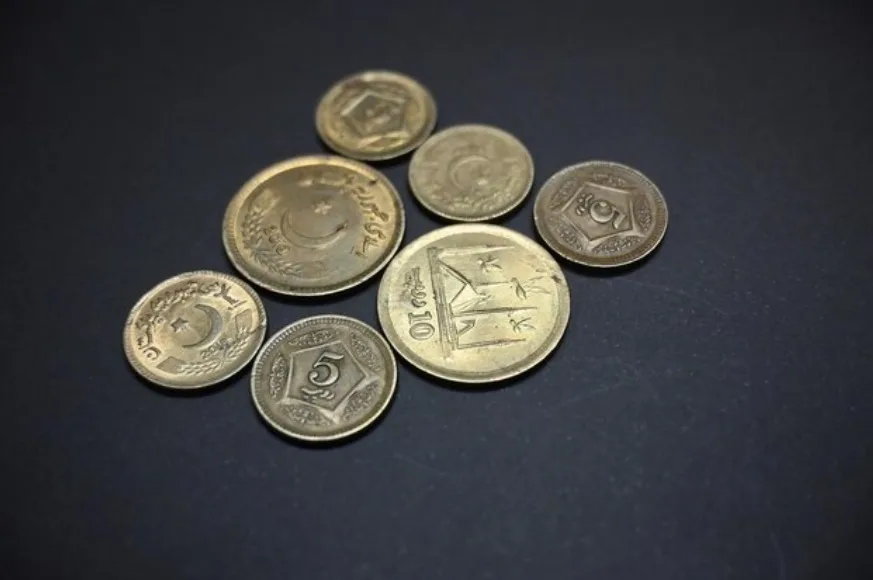
Factors Influencing AED to PKR Exchange Rates:
- Economic Indicators: Economic indicators, such as GDP growth, inflation rates, and trade balances, contribute to the determination of AED to PKR exchange rates. Analyzing these indicators provides a glimpse into the economic health of both the UAE and Pakistan, influencing investor confidence and currency valuations.
- Political Developments:
- Market Speculation:
AED to PKR in International Trade:
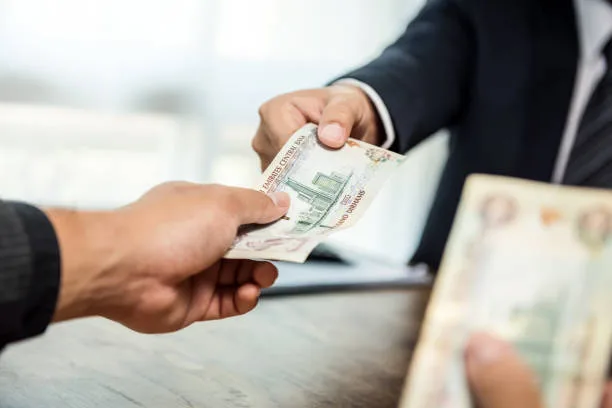
- Trade Relations Between UAE and Pakistan: The AED to PKR exchange rate is a crucial element in the trade relations between the UAE and Pakistan. A favorable exchange rate can enhance trade volumes, while unfavorable rates may pose challenges for importers and exporters. The ebb and flow of AED to PKR directly impact the cost of goods and services exchanged between the two nations.
- Impact on Business Transactions:
AED to PKR in the Tourism Sector:
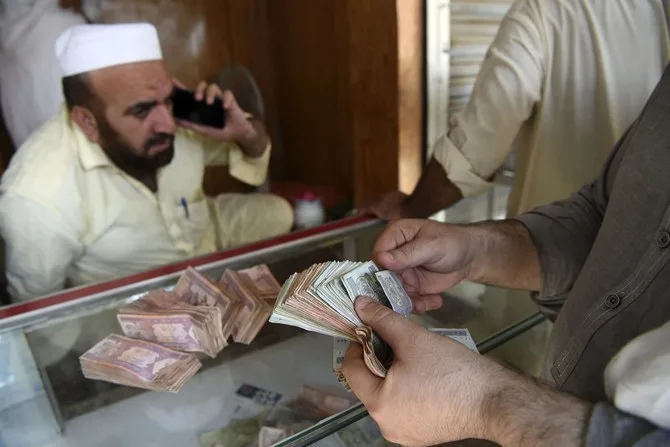
- Tourism and Currency Exchange: The AED to PKR rate is a pivotal factor for tourists traveling between the UAE and Pakistan. Understanding the exchange rate aids travelers in budgeting for expenses, making informed financial decisions, and ensuring a seamless travel experience.
- Tourist Spending Patterns:
Practical Considerations for Individuals:
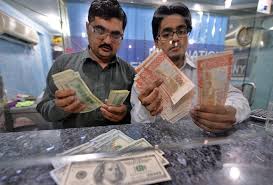
- Remittances and AED to PKR Rates: For the substantial expatriate community working in the UAE and sending remittances to Pakistan, AED to PKR rates directly impact the value of the remitted funds. Individuals keen on optimizing the value of their remittances keep a watchful eye on exchange rate trends.
- Investment Opportunities:
Navigating AED to PKR Rate Fluctuations:
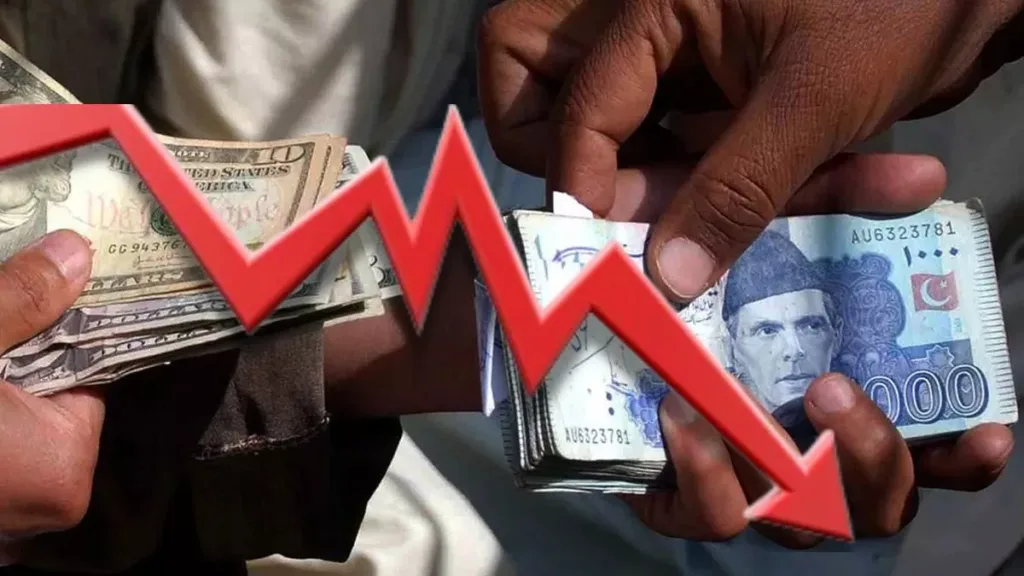
- Risk Mitigation Strategies: Given the inherent volatility of forex markets, individuals and businesses adopt risk mitigation strategies to navigate AED to PKR rate fluctuations. These strategies may include forward contracts, options, and other financial instruments designed to hedge against currency risks.
- Financial Planning:
Future Trends and Considerations:
- Digital Transformation in Forex: The digital transformation of financial markets introduces new dimensions to AED to PKR transactions. Fintech innovations, online platforms, and digital payment systems contribute to the evolution of how individuals and businesses engage with currency exchange.
- Global Economic Shifts:
Conclusion: Decoding AED to PKR Exchange Rates
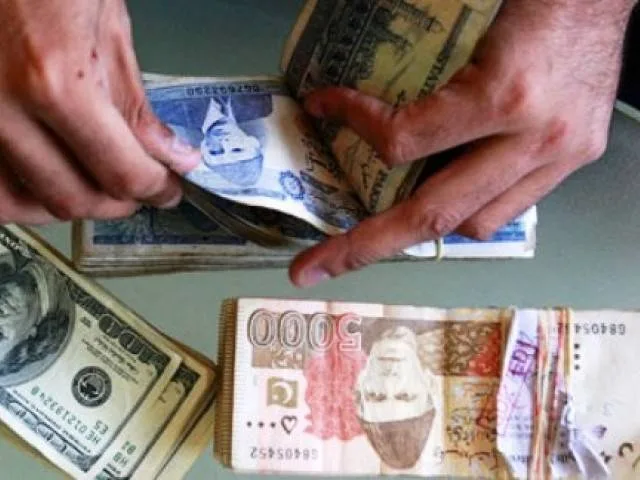
In conclusion, the AED to PKR exchange rate is more than a numerical representation of currency values; it is a dynamic force shaping economic interactions, trade relations, and individual financial decisions between the UAE and Pakistan. As we decode the intricacies of AED to PKR rates, we gain a deeper understanding of the multifaceted impact this exchange rate has on diverse aspects of our interconnected world. Whether influencing international trade, tourism, or individual financial planning, the AED to PKR rate remains a vital element in the global economic tapestry, reflecting the nuances of currency dynamics in our ever-evolving financial landscape.
Exchange rates fluctuate, so it’s essential to check real-time rates. As of now, 1 AED is approximately equal to 51-52 PKR.
The exchange rate determines the value of PKR to Dirham. At the mentioned rate, 1000 PKR would be around 19-20 AED.
For the most current open market rate for AED to PKR, it’s recommended to check with reliable financial sources or currency exchange platforms.
The value of AED 1000 depends on the exchange rate. At the mentioned rate, it would be approximately equal to 19,000-20,000 PKR.
The adequacy of 25,000 AED depends on individual lifestyle, expenses, and financial goals. It may be sufficient for some, while others might find it challenging depending on factors like accommodation costs, lifestyle choices, and family size.
Whether 15,000 AED is enough depends on similar factors as mentioned before. It may cover basic living expenses, but lifestyle choices and specific circumstances will influence its sufficiency.
A salary of 70,000 AED is generally considered a good income in Dubai. It allows for a comfortable lifestyle, covering housing, education, and other expenses. However, personal financial goals and spending habits play a role in determining its adequacy.
A salary of 40,000 AED can be sufficient for a moderate lifestyle in Dubai. However, the feasibility depends on individual circumstances, such as housing costs, family size, and personal spending habits.
While a salary of 30,000 AED may cover basic living expenses, it might be considered on the lower end for Dubai. Lifestyle choices, housing costs, and other factors will impact the overall adequacy of this salary.
Living in Dubai with a salary of 4000 AED would be extremely challenging, considering the high cost of living in the city. It may not cover basic expenses like accommodation, food, and transportation.
Living in Dubai with a salary of 5000 AED would be extremely difficult, and it might not be sufficient to cover essential expenses, especially housing and schooling if applicable.
A salary of 9000 AED is on the lower end in Dubai and may pose challenges in meeting all living expenses comfortably. It’s crucial to carefully budget and prioritize spending.
A salary of 100,000 AED is considered a good income in the UAE. It provides financial comfort and allows for a higher standard of living, covering various expenses and providing room for savings.
A salary of 50,000 AED is generally considered good in Dubai. It enables a comfortable lifestyle, covering housing, education, and other expenses. However, individual financial goals and spending habits play a role in determining its sufficiency.
A salary of 80,000 AED is considered a good income in Dubai, providing a comfortable lifestyle and the ability to cover various expenses, including housing, education, and leisure activities.